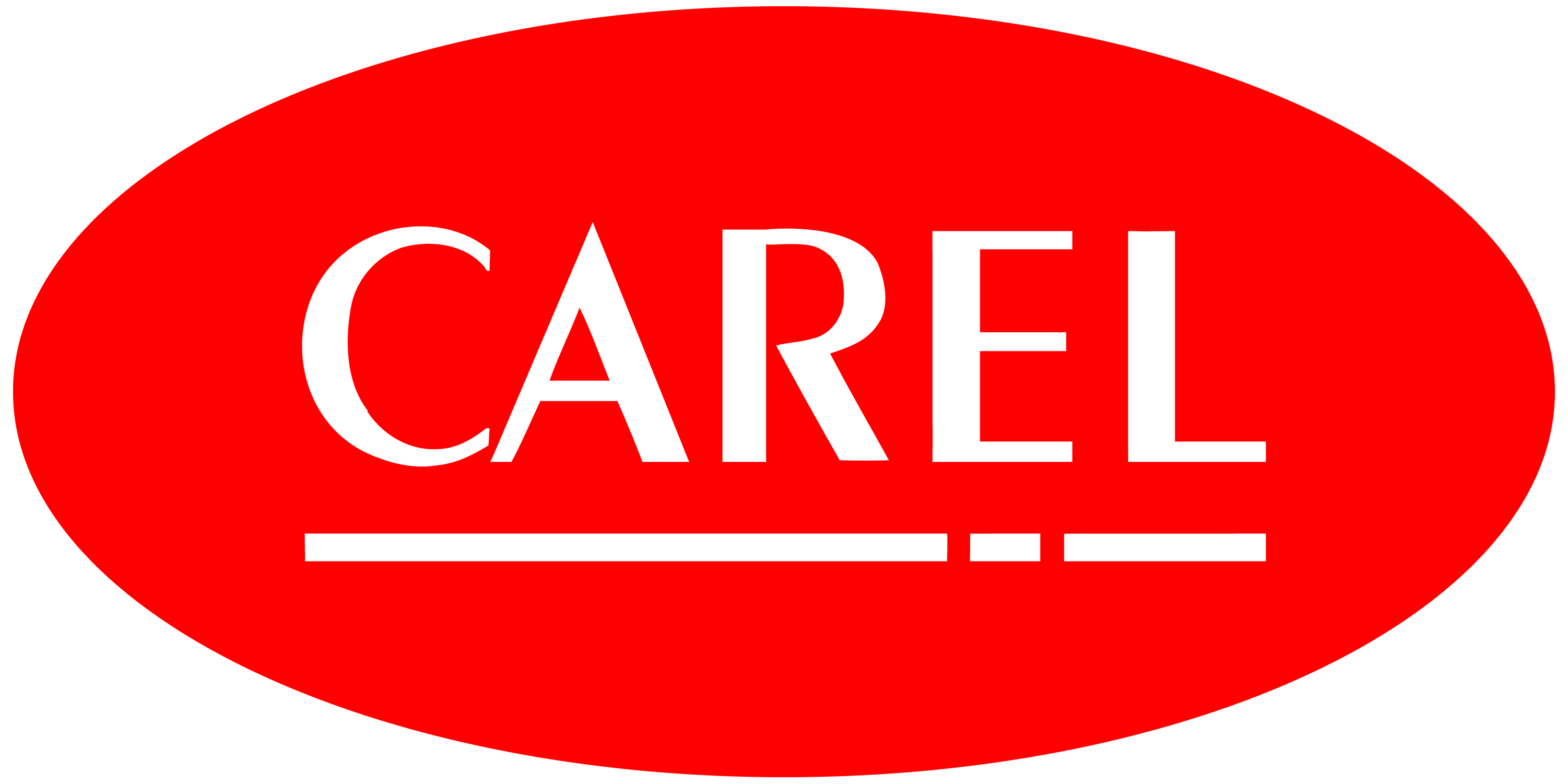« Atrás
Flammable refrigerants: dilution by ventilation
Topics
Bloggers
|
Riccardo Conte
posts: 1
Fecha: 3/07/25
|
|
Miriam Solana Ciprés
posts: 59
Fecha: 26/06/25
|
|
Marco Cipriani
posts: 2
Fecha: 19/06/25
|
|
Michael Tesfaye Solomon
posts: 2
Fecha: 12/06/25
|
|
Elisa Cecchetto
posts: 1
Fecha: 5/06/25
|
|
Davide Di Dia
posts: 4
Fecha: 29/05/25
|
|
Paolo Liberati
posts: 2
Fecha: 22/05/25
|
|
Luca Milani
posts: 1
Fecha: 15/05/25
|
|
Francesco De Rossi
posts: 1
Fecha: 8/05/25
|
|
Luca Brotto
posts: 8
Fecha: 29/04/25
|
|
Giovanni Bonesso
posts: 2
Fecha: 17/04/25
|
|
Claudia Grossi
posts: 3
Fecha: 10/04/25
|
|
Veronica Merenda
posts: 2
Fecha: 27/03/25
|
|
Raul Simonetti
posts: 38
Fecha: 20/03/25
|
|
Andrea Mameli
posts: 1
Fecha: 13/03/25
|
|
Viktor Vitell
posts: 1
Fecha: 6/03/25
|
|
Matteo Galenda
posts: 9
Fecha: 20/02/25
|
|
Giulio Dal Lin
posts: 3
Fecha: 13/02/25
|
|
Enrico Boscaro
posts: 12
Fecha: 30/01/25
|
|
Biagio Lamanna
posts: 26
Fecha: 23/01/25
|
|
Franco Faletti
posts: 1
Fecha: 16/01/25
|
|
Chiara Tonon
posts: 4
Fecha: 9/01/25
|
|
Claudia Piva
posts: 2
Fecha: 5/12/24
|
|
Michael Aarup
posts: 8
Fecha: 28/11/24
|
|
Fabrizio Brancher
posts: 3
Fecha: 14/11/24
|
|
Jacopo Bettio
posts: 2
Fecha: 7/11/24
|
|
Martina Negrato
posts: 1
Fecha: 10/10/24
|
|
Alessio Novi
posts: 1
Fecha: 3/10/24
|
|
Luca Poldelmengo
posts: 4
Fecha: 26/09/24
|
|
Sebastiano Di Lena
posts: 1
Fecha: 5/09/24
|

































